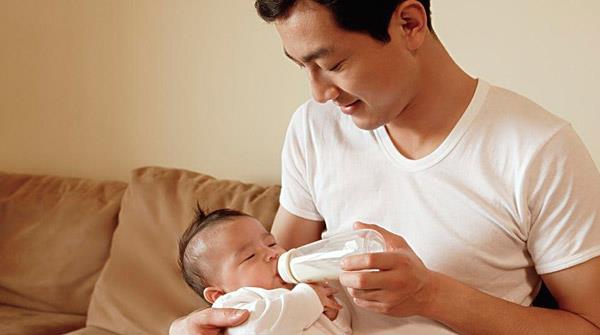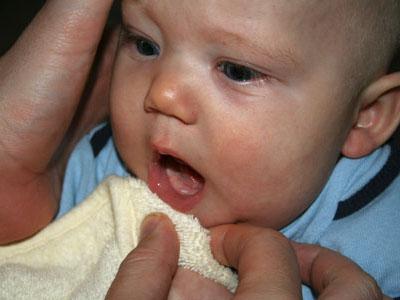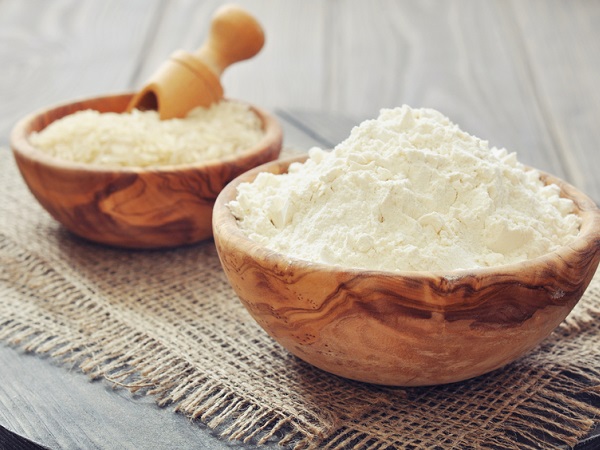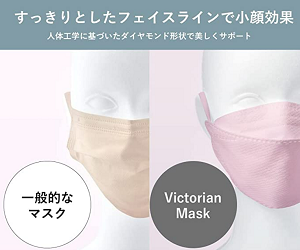Ingesting air while you are suckling can cause a baby to develop gas or bloating, especially in infants. Therefore, mothers need to minimize the amount of air in their baby's bottle to ensure the health of the baby. MarryBaby tells mom simple ways to keep air out of your baby's bottle!

Option 1: Pour milk to avoid air bubbles
- Mix milk or milk powder into a separate bowl or cup. You should be careful when mixing the formula into the bottle, as air bubbles will form more easily. Gently stir the milk during mixing to avoid air bubbles.
- Avoid pouring milk too high compared to the bottle. Instead, she can place the bowl or cup as close to the edge of the bottle as possible and slowly pour the milk into the bottle. If you pour the formula into a cup or bottle that is too high, it will fall to the bottom of the bottle and bubbles can form easily. Pouring the milk slowly helps to ensure that no air bubbles are formed when preparing the formula.
- Avoid shaking the bottle. If making formula, mothers should stir the milk, not shake the bottle. Vigorous shaking of the bottle can cause air bubbles to appear. Stir the milk with wooden chopsticks or a knife to help dissolve the milk better.
- Leave the bottle for a while before feeding your baby. Mothers should prepare milk 5-10 minutes before feeding time. Leaving the bottle to stand while preparing the formula increases the time to decompose and dissolve air bubbles. Also, prepare your baby's milk before feeding time to avoid rushing the formula. When in a hurry, the mother is able to stir the milk faster, which leads to the formation of bubbles.

Do you bottle-feed your baby properly? For babies to develop healthy and comprehensive, most mothers use the support of formula milk. Some useful information in the article will help mothers find the perfect "formula" for a bottle-feeding baby
- Try dripping water to reduce the amount of air bubbles during formula preparation. Consult with your pediatrician about what products to use for your baby and how many drops to add when preparing formula. In addition, it is necessary to read the instructions included with the drops.
The "Mylicon" product is often used for this purpose. "Mylicon". These drops contain simethicone, an ingredient that helps break down gases and air bubbles, and is not harmful to babies.
"Tummy calm" is a homeopathic medicine that suppresses gases with the help of natural ingredients such as chamomile, conifer, and silicea.
- Use a bottle with enough capacity for one use. If you fill the bottle with milk, there is less room for air bubbles to form.
Method 2: Hold the baby and the bottle tightly
- Keep the baby's head raised. Keep the baby in a supine position, head slightly high. This position helps your baby swallow and breathe, while gravity helps bring milk or food down his stomach.
- Place the bottle correctly. Keep the bottle horizontal, parallel to the floor. Tilt the bottle as you feed your baby so that the milk fills the entire nipple, and there is no room for air. The posture to feed your baby is exactly the bottle and the baby forms a 45 degree angle. However, this can vary depending on the amount of milk in the bottle.

Creating a 45 degree angle between the baby and the bottle is the best position to breastfeed
- Check whether the flow is good or not. If the milk is flowing continuously, your baby is less likely to swallow air. Some ways to check the flow of milk:
Fill the bottle with water or milk and turn the bottle upside down. The amount of running water should be about one drop of liquid per second.
Get a new bottle if the liquid stops and starts flowing continuously. This causes your baby to try to suck fluids.
If liquid does not stop flowing in the bottle, this may make it difficult for your baby to breathe.
- Make sure that the neck rings are properly closed. The neck ring allows air to circulate air into the bottle, making it easier for your baby to suckle milk or formula. If your baby is having trouble getting milk, but still use the nipple. You should check that the neck of the bottle is screwed up correctly. The collar of the bottle should be loosened a little so that the baby can easily pump out the milk.
When you see a large bubble forming each time your baby sucks, then the ring on the neck of the bottle has been properly tightened. If the screw is not tightened or incorrectly, you will see a series of air bubbles appear as soon as your baby stops trying to suckle milk.

From breast milk to bottle-feeding All mothers around the world face difficulties when it comes to changing the breastfeeding process. This could be weaning your baby, weaning from breastmilk and feeding your baby fresh milk, or simply switching from breastfeeding to bottle.
Method 3: Choose the right bottle
- Use an angled bottle. The angled or tilted bottle keeps the bottle at the top of the bottle where the nipple is located, even when the baby's mouth moves around the bottle. This helps the baby to latch on to the nipple at all times.
- Try using a bottle with a check valve. These bottles are specially designed to prevent air in. Remove the nipple from the bottle by rotating the non-return valve. Use a bottle with a valve on the end. This valve allows just enough air to enter the bottle so the baby can suckle easily, without causing many air bubbles.
- Try a bottle with a straw as a vent. In this case, the straw is not really intended for drinking. Instead, the straw acts like a vent, which makes it easy for your baby to suckle milk without swallowing any air bubbles.
>>> See more discussions with related topics:
Breastfeeding the right way
Proper and safe feeding of the bottle for your baby
Practice bottle feeding















